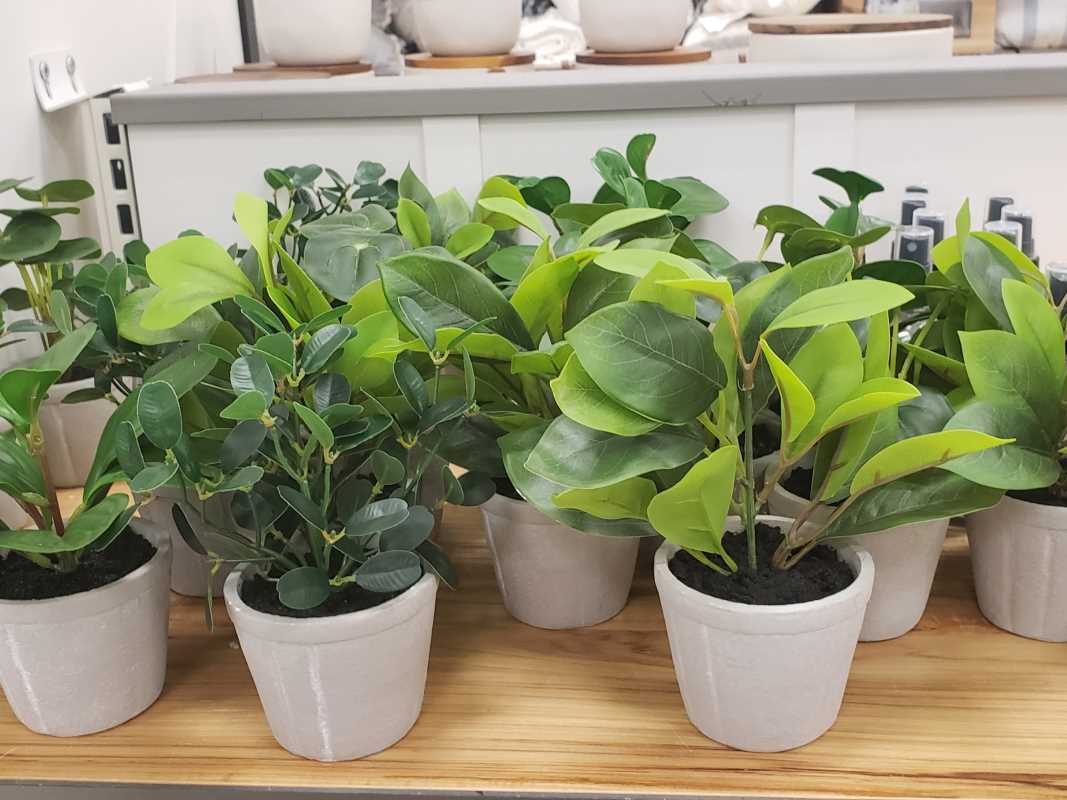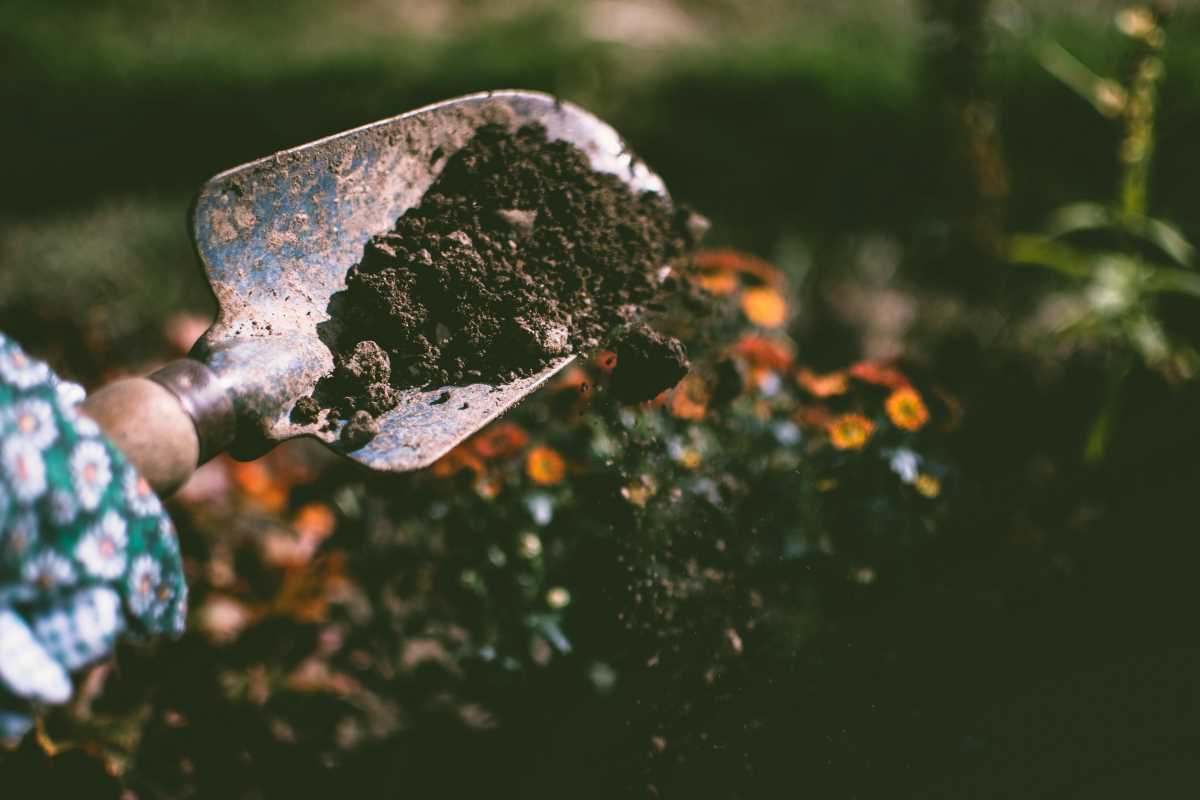Keeping your indoor plants healthy and vibrant provides a rewarding experience, but pests can quickly turn that joy into frustration. Choosing organic pest control methods not only protects your beloved plants but also ensures a safe environment for your family. By opting for natural solutions over chemical alternatives, you contribute to a healthier home and a greener planet.
Organic pest control offers numerous benefits that make it a superior choice for indoor gardening. From reducing harmful chemical exposure to supporting a balanced ecosystem, these methods align with sustainable living practices. Let’s dive into the world of organic pest control and explore how you can effectively protect your indoor plants.
Understanding Common Indoor Plant Pests
Indoor plants face a variety of pests that can hinder their growth and beauty. Recognizing these pests serves as the first step in managing them effectively.
- Aphids: Small, soft-bodied insects that cluster on new growth and stems, often leaving a sticky residue called honeydew.
- Spider Mites: Tiny arachnids that create fine webbing on plants and cause speckled discoloration on leaves.
- Mealybugs: Cotton-like pests that hide in leaf joints and stems, sucking sap from the plant.
- Fungus Gnats: Small flying insects whose larvae live in the soil and feed on plant roots.
- Scale Insects: Hard-shelled pests that attach to stems and leaves, draining nutrients from the plant.
Benefits of Organic Pest Control
Choosing organic pest control methods brings a host of benefits that go beyond just protecting your plants.
- Environmental Safety: Organic solutions minimize pollution and reduce the risk of harming beneficial insects like bees and ladybugs.
- Healthier Living Space: Avoiding chemical pesticides ensures that your home remains free from toxic residues, creating a safer environment for you and your pets.
- Sustainable Practices: Organic methods often use renewable resources and encourage biodiversity, contributing to a balanced ecosystem.
- Cost-Effective: Many organic pest control solutions can be made at home using readily available ingredients, saving you money in the long run.
Common Organic Pest Control Methods
Implementing organic pest control involves a variety of techniques that work together to keep your indoor plants healthy.
- Neem Oil: Derived from the neem tree, this oil disrupts the life cycle of pests and acts as a natural repellent.
- Insecticidal Soaps: These soaps target soft-bodied insects like aphids and mealybugs by breaking down their protective coatings.
- Cinnamon Powder: Sprinkling cinnamon on the soil surface can deter fungus gnats and prevent fungal growth.
- Baking Soda Spray: A mixture of baking soda and water helps control fungal diseases and keeps pests at bay.
- Essential Oils: Oils such as peppermint, lavender, and eucalyptus can repel various pests when diluted and applied to plants.
DIY Organic Pest Control Solutions
Creating your own pest control solutions is both easy and effective. These homemade recipes utilize common household ingredients to keep your plants pest-free.
One popular option is a garlic and chili spray. Blend a few cloves of garlic and a teaspoon of chili flakes with water, let it steep overnight, strain the mixture, and spray it onto your plants. This concoction repels a wide range of pests without harming your plants.
Another simple solution is to mix a tablespoon of baking soda with a quart of water and a few drops of dish soap. This mixture helps eliminate fungal issues and deters pests naturally. For those looking for more options, exploring organic pest control methods can provide a wealth of additional recipes and approaches.
Tips for Maintaining Pest-Free Indoor Plants
Preventing pest infestations often proves easier than dealing with them. Here are some practical tips to keep your indoor garden flourishing.
- Regular Inspection: Frequently check your plants for early signs of pests or disease to address issues promptly.
- Proper Watering: Avoid overwatering, which can create a breeding ground for pests like fungus gnats.
- Clean Environment: Keep the area around your plants clean and free from fallen leaves or debris that can harbor pests.
- Quarantine New Plants: Isolate new arrivals for a few weeks to ensure they are pest-free before introducing them to your existing collection.
- Promote Air Circulation: Good airflow around your plants helps prevent mold and discourages pests from settling in.
Organic pest control methods are a wise choice for maintaining healthy and attractive indoor plants. By understanding common pests, utilizing natural solutions, and adopting preventive measures, you can create a flourishing indoor garden that’s safe for both your plants and your household. Make the switch to organic today and enjoy the benefits of a lush, pest-free living space.







